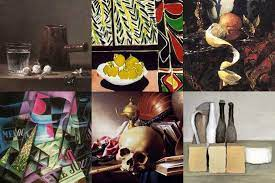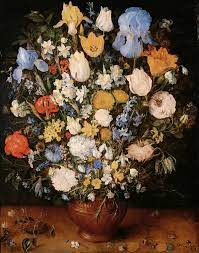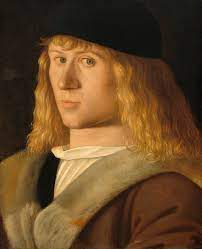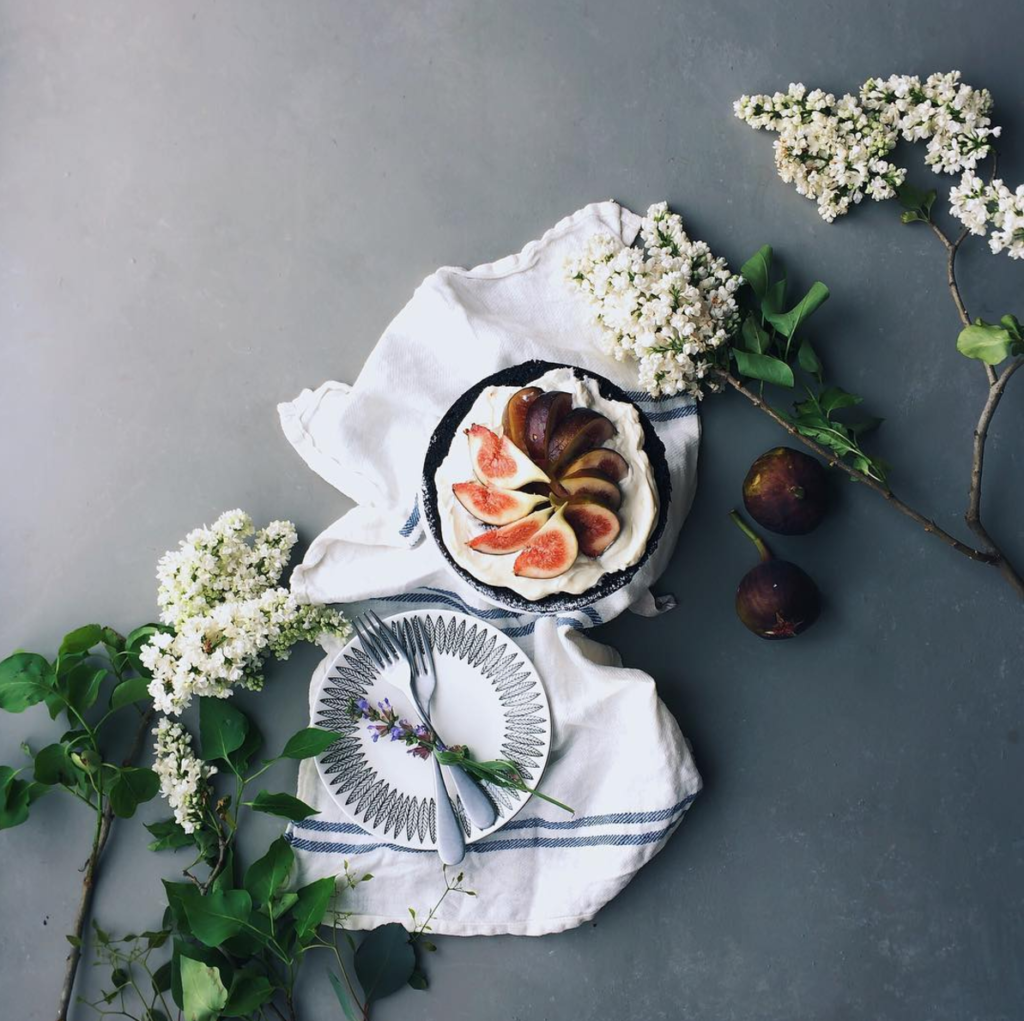Still life photography is a genre of photography used for the depiction of inanimate subject matter, typically a small group of objects. Similar to still life painting, it is the application of photography to the still life artistic style. Still-life photography’s origins reside in the early 20th century. Art photographers emerged such as Baron Adolf de Meyer. Most still lifes can be placed into one of four categories: flowers, banquet or breakfast, animal(s), and symbolic.

First still life painting:
The painting generally considered to be the first still life is a work by the Italian painter Jacopo de’Barbari painted 1504. The “golden age” of still-life painting occurred in the Lowlands during the 17th century.


Most famous still life artists:
- Paul Cézanne, 1895
- Caravaggio
- Georges Braque, 1910
- Henri Matisse, 1910
- Paul Cézanne, 1898
- Jean Siméon Chardin, 1728
- Vincent van Gogh
- Adriaen van der Spelt, 1658
- Francisco de Zurbarán, 1633
Most famous artists these days:
sara tasker

Yukiko Masuda

What is vanitas?
Vanitas is a still life painting of a 17th-century Dutch genre containing symbols of death or change as a reminder of their inevitability. Vanitas is also a still life artwork which includes various symbolic objects designed to remind the viewer of their mortality and of the worthlessness of worldly goods and pleasures.
What is Memento Mori?
Memento mori is an artistic or symbolic trope acting as a reminder of the inevitability of death. The concept has its roots in the philosophers of classical antiquity and Christianity, and appeared in funerary art and architecture from the medieval period onwards. Memento mori is a Latin phrase meaning ‘remember you must die’. A basic memento mori painting would be a portrait with a skull but other symbols commonly found are hour glasses or clocks, extinguished or guttering candles, fruit, and flowers.
